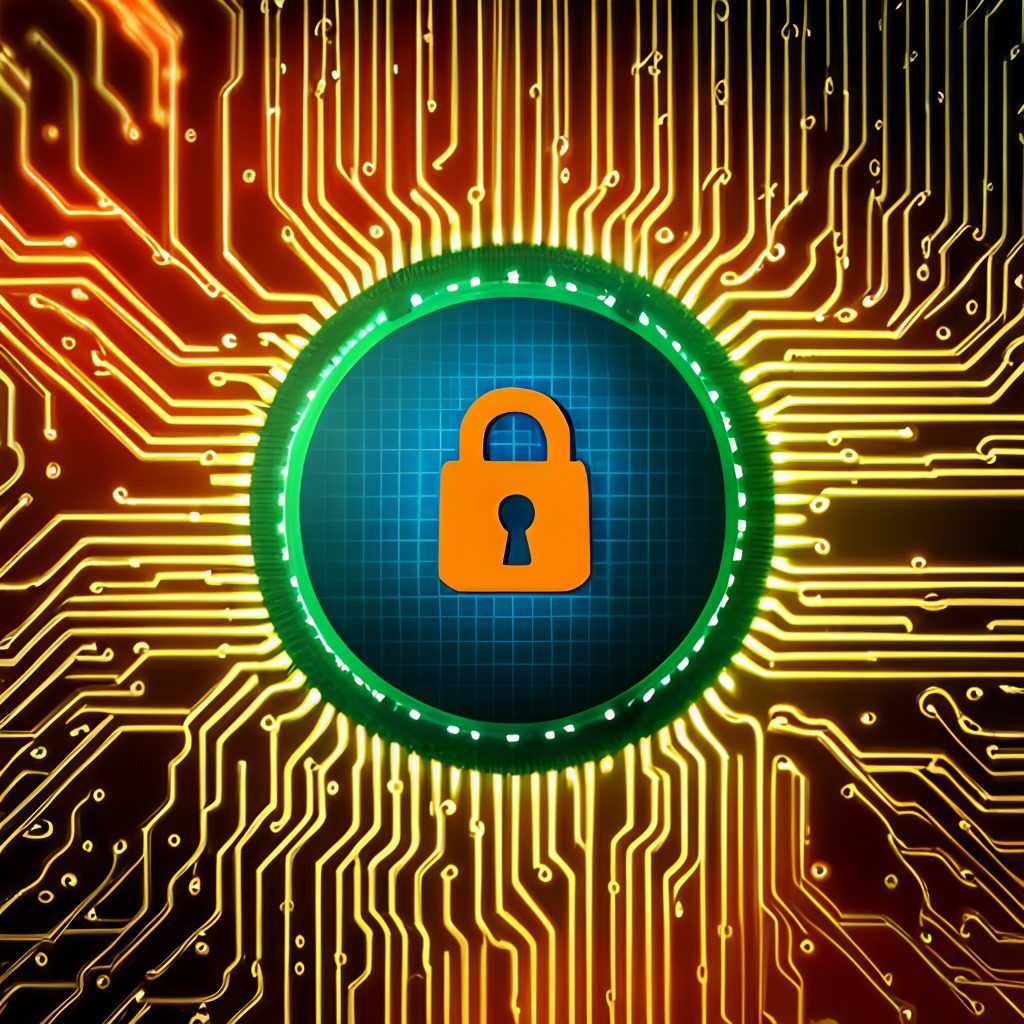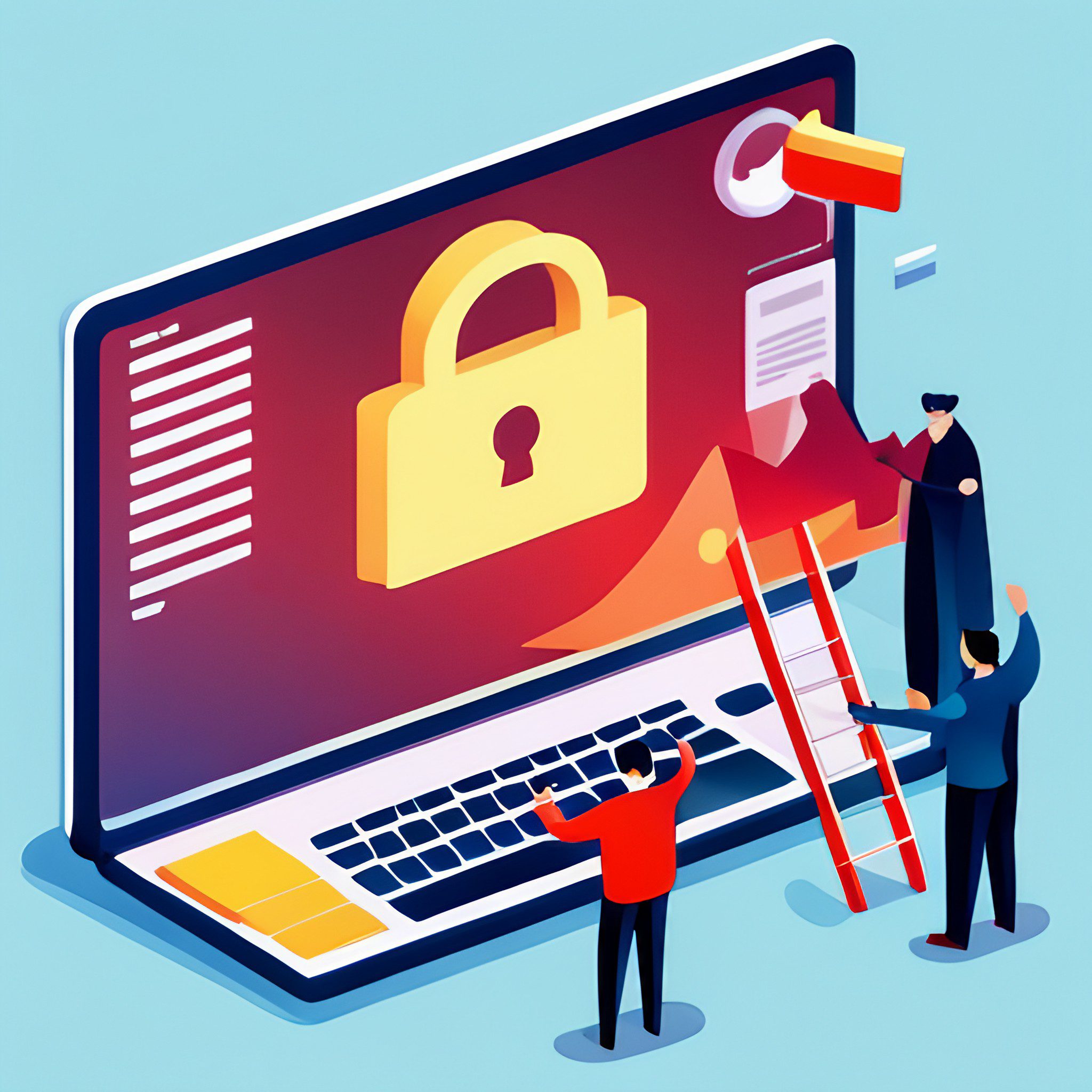The Importance of Cybersecurity:
Preventing Different Types of Cyber Attacks
In an ever-evolving digital landscape, the threat of cyberattacks looms large over businesses, entities, and individuals. Cybersecurity isn’t just an afterthought anymore; it’s a foundational element that secures the very fabric of our digital world. With the spectrum of cyber threats growing, it’s more critical than ever for businesses to understand the types of attacks they face and the measures to prevent them. This understanding can be the difference between maintaining the integrity of your data and falling victim to malicious breaches. This extensive guide delves into the variety of cyber threats and the best practices in cybersecurity to safeguard your digital assets.

Demystifying Cyber Threats: An Overview
Cyberattacks come in many forms, each serving a specific purpose, from data theft and disruption to espionage and causing financial harm. Understanding the different types equips businesses with the knowledge to recognize and defend against these threats effectively. Here are some common cyber threats dissected:
Malware Attacks
Cybercriminals often deploy software that’s designed to infiltrate or damage a computer system without the owner’s consent. These ‘malicious software’ types are vast and varied, but the most prevalent include:
- Viruses: Programs that can replicate themselves and spread from one computer to another.
- Ransomware: A specific type of malware that encrypts the data on a victim’s system, demanding payment for the decryption key.
- Spyware: Software that secretly gathers information about a person or organization and forwards it to a third party without the consent of the data owner.
Phishing Attacks
Deceptive tactics are a hallmark of phishing, where attackers masquerade as a trustworthy entity, aiming to acquire sensitive information such as login credentials or financial details. Phishing can occur through:
- Email Phishing: Unsolicited emails that appear to come from a legitimate source, often including links to malicious websites or attachments that, once opened, could infect the recipient’s device.
- Spear Phishing: A more targeted form of phishing, tailored to a specific individual or entity, making it appear more credible.
Denial of Service (DoS) Attacks
The goal of a DoS attack is to shut down network services and disrupt business operations, often by overwhelming the targeted system with a flood of internet traffic.
- Distributed Denial of Service (DDoS) Attacks: A more severe form of DoS, a DDoS attack uses multiple computers to launch an attack on a single target, further overloading the system and making recovery more difficult.
Man-in-the-Middle (MitM) Attacks
In MitM attacks, cybercriminals intercept communication between two parties, unbeknownst to the victim. This allows attackers to eavesdrop on or alter the messages without the participants’ knowledge.
- Wi-Fi Eavesdropping: Attackers can set up rogue Wi-Fi networks or position themselves near legitimate public hotspots to intercept network data.
SQL Injection Attacks
A SQL injection occurs when an attacker inserts malicious SQL code into a database query, which can:
- Access Sensitive Data: By-pass standard authentication and authorization mechanisms, gaining access to sensitive data.
- Corrupt Data: Modify data or delete it, impacting application integrity.
The Impact of Cyber Attacks
Cybersecurity threats are not merely teething problems; they can cause far-reaching damage that affects every facet of a business. Here’s how:
Financial Losses
Costs associated with cyberattacks can be substantial, including immediate losses resulting from the attack and ongoing expenses to remediate systems and restore operations. Financial implications can range from regulatory fines to loss of intellectual property and market share.
Data Breaches and Privacy Risks
The aftermath of a successful cyberattack can lead to a data breach, exposing sensitive information about customers and employees. This can result in a loss of trust, further exacerbating the regulatory and competitive fallout.
Reputational Damage
The trust consumers have in a company is hard-won and easily lost. A cyberattack, often accompanied by a data breach, can severely damage an organization’s reputation, sometimes irreparably.
The Proactive Cyber Defense: Cybersecurity Strategies
Understanding the threats is only the first step. The real action takes place in building effective defense mechanisms to ward off potential cyber intrusions. Here is how cybersecurity can prevent various cyber attacks:
The Role of a Robust Cybersecurity Framework
Cybersecurity should be a holistic approach, involving technology, processes, and people. A robust framework encompasses:
- Security Policies and Procedures: Establishing a clear set of rules and procedures to protect business resources.
- Risk Assessment and Management: Regularly assessing vulnerabilities and implementing measures to manage and mitigate risks.
- Incident Response Planning: Having a clear plan in place to respond swiftly and effectively to a security incident, minimizing its impact.
Preventing Cyber Attacks with Technology Tools
The digital arsenal for cybersecurity should include the latest tools and technologies for threat prevention, detection, and response:
- Firewalls and Intrusion Detection Systems (IDS): Setting up strong perimeter defenses that can analyze network traffic for suspicious activities.
- Endpoint Protection: Securing every endpoint – from desktops and laptops to smartphones and other mobile devices – to prevent entry points for cyber threats.
- Security Information and Event Management (SIEM): Utilizing services and software for real-time analysis of security alerts to help organizations detect and manage security problems.
Educating Employees for Improved Cybersecurity
The human factor in cybersecurity is just as critical as technology. Employees can often be the first line of defense or a vulnerability:
- Regular Training and Awareness Programs: Keeping employees informed on the latest cyber threats and how to spot potential attacks.
- Safe Internet Practices: Encouraging the use of secure browsing habits and not clicking on suspicious links.

Best Practices for Cybersecurity Today
Fortunately, there are many best practices and solutions that can help secure your digital operations against cyber threats.
Implementing Strong Authentication Practices
Implementing multi-factor authentication (MFA) and strong password policies significantly increases security:
- Regularly Updating Passwords: Regularly updating credentials for all systems and services.
- Using Password Managers: Encouraging the use of password managers to store and manage complex and unique passwords.
Utilizing Encryption for Secure Communications
Data encryption is a powerful tool to ensure that even if data is intercepted, it will be indecipherable to unauthorized users:
- End-to-End Encryption: Implementing encryption protocols such as SSL/TLS for secure communication across networks.
- Data-at-Rest Encryption: Protecting stored data with robust encryption for an added layer of security.
Conducting Regular Backups and Developing a Disaster Recovery Plan
Regular backups ensure that critical business data can be restored in the event of data loss. A comprehensive disaster recovery plan includes:
- Automated Backup Systems: Implementing systems that back up data and systems at regular intervals without human intervention.
- Business Continuity Planning: Developing and testing strategies to ensure business operations continue during and after a cyber incident.
The Bottom Line: Cybersecurity is
Non-Negotiable
In conclusion, understanding cyber threats and the role of cybersecurity in business is imperative in safeguarding your digital assets and maintaining the trust of your customers. With preventive measures and a proactive security posture, businesses can continuously fortify their defenses against the ever-persistent threat of cyberattacks.
As you navigate the complex world of digital security, remember that vigilant protection and swift response are the keystones of a secure cyber environment.
Should you need assistance in fortifying your cybersecurity measures, do not hesitate to contact Network Elites, an industry leader in cybersecurity solutions. Our team of experts stands ready to provide the guidance and support you need to ensure your business stays secure in the face of evolving cyber threats.









